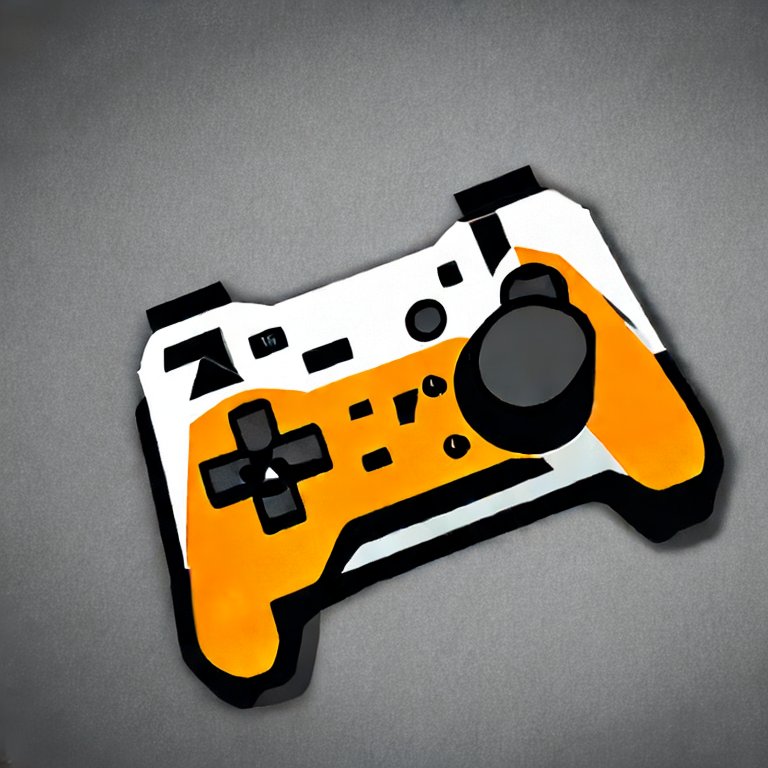

I’m trying to make my own smart watch as a hobby experiment at the moment, and one of my most important features is NFC payments. It’s a nightmare, although I understand why. Currently my plan is to buy another smart watch or smart ring and take the NFC chip from it, which is maddening, but more or less my only option due to contactless payment security.
To do contactless payments, your bank must effectively permit the specific device, otherwise go through GPay or Apple Pay, who in turn just do the permitting themselves. Anything outside of the standard ecosystem just gets overlooked.
The best workaround while avoiding these companies is to find a smart watch or ring that has compatibility with a proxy card, such as Curve. But beyond halving the price of the accessory, this is pretty much an arbitrary decision.





Blurry photos is fine to make an stylistic choice. The 2019 movie The Lighthouse stylistically looked like a 1920s film, before modern music intentionally used bitcrushing, it used vinyl cracks, boomer shooters made in this decade intentionally look like 1990s Doom clones.
When a medium’s shortcoming is patched by technology, it ultimately becomes an artifact of the era where it was accidental. Once a few years have passed, it becomes more synonymous with the era than the mistake.
It’s not necessarily nostalgia, Gen Alpha and the younger half of Gen Z never grew up without smartphones, so they don’t miss the era of poor film photography. Although every generation does this simulation of forgotten mistakes, it’s particularly poignant now, where the high quality, perfectly lit, professional feeling photos convey something artificial, i.e. smartphone software emulating camera hardware, faces tuned with filters or outright AI generated content. Even if it’s false imperfection, the alternative is false perfection.
Art using deliberate imperfections that were unavoidable in the past is romanticising something perceived as before commercialism, and that’s admirable.